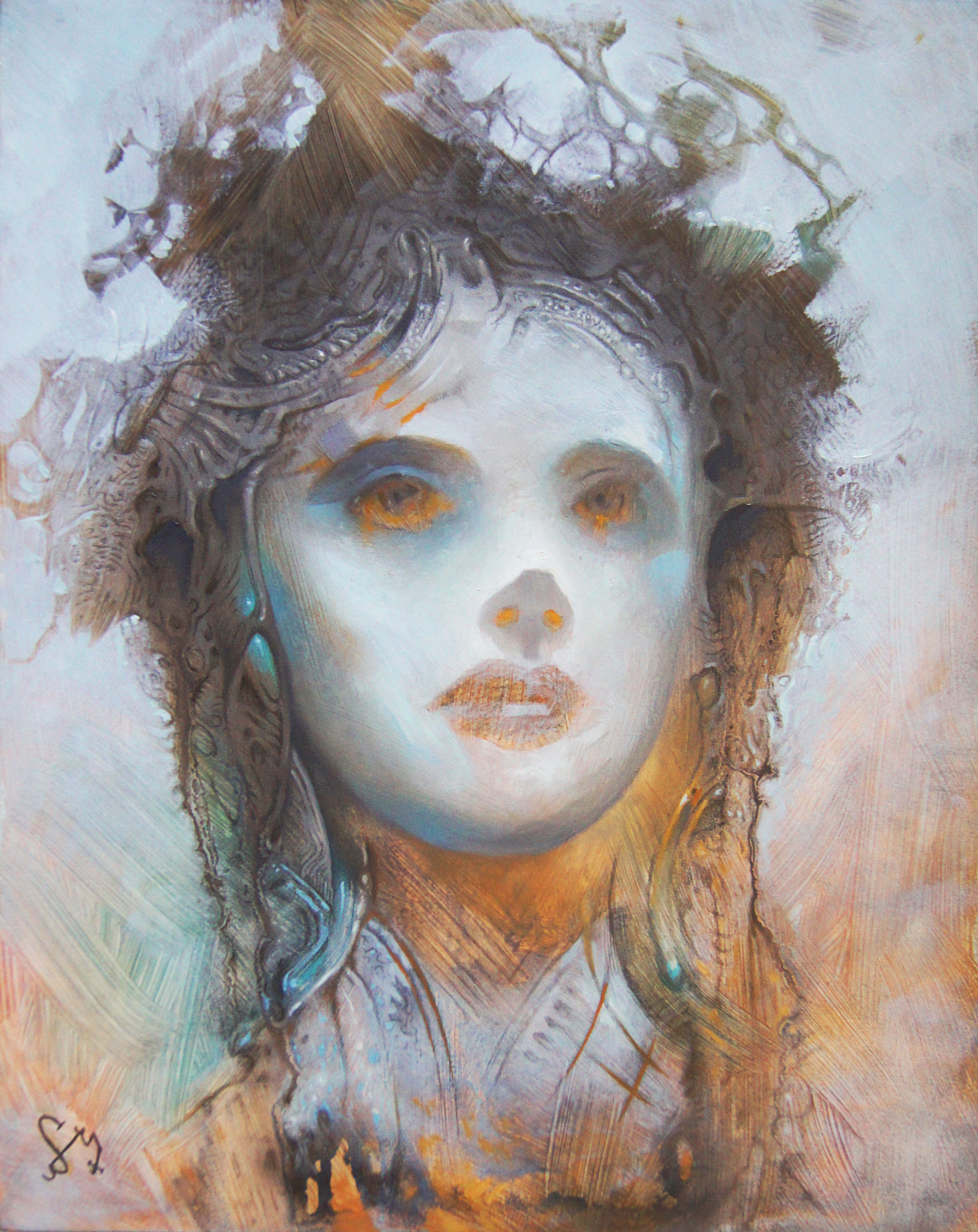Achieve unique textures in your oil paintings: 3 top tips
Discover how shaped erasers can produce interesting oil paint textures with these top tips.

When people think of how to paint textures, they usually think of additive techniques, meaning those in which you add paint (or found objects) to the piece. An approach I really enjoy that creates fascinating textures is a subtractive one. This means that you apply paint to the surface, and then use something to lift paint up.
You can use a variety of things to remove paint from your painting surface (see the best oil paint canvas picks here), such as brushes loaded with thinner, or paper towels, plastic wrap, palette knives or scrapers – just about anything you can think of, really! Check out equipment in these best oil paint supplies and best art supplies guides.
A fun technique I recently discovered uses a kneaded eraser. I get six or seven large kneaded erasers and combine them to create one large eraser. I press the eraser into the surface of various stones and fossils I have collected. This creates organic textures in the eraser. I then press the eraser onto a board with wet oil paint on it. The peaks in the textured eraser pick up the paint, so when I remove the eraser I am left with a very unique texture.
01. Laying down the oils

I begin by laying in a thin layer of acrylic paint (Raw Sienna and Raw Umber in this case but you'll find a range in our best oil paints roundup) on a small gessoed panel in a quick and painterly fashion. This piece is going to be a surreal portrait, so I paint thickly in oils to describe the shape and features of the head. I also apply thick oil paint around the top of the head.
02. Shape your eraser

My goal is to use the subtractive eraser technique to create a textural transition between the head and the background. I press my eraser into a large piece of green malachite, which creates wonderful shapes in the eraser. I then plot where to place the eraser on the painting to get the maximum effect.
03. Lifting the oil

I press the eraser firmly into the areas around the head (but not so hard that it completely flattens the eraser). When I remove the eraser, the oil paint has lifted and the thin acrylics beneath are revealed in a kind of ethereal texture that is perfect for the mood I want to create in this piece.
This article was originally published in Paint and Draw magazine issue 01. Buy it here.
Daily design news, reviews, how-tos and more, as picked by the editors.
Related articles

Jim Pavelec was a freelance fantasy illustrator for more than 15 years. Over the past few years he’s transitioned into creating dark surreal fine art, and spends much of his time working on illustrating his interpretation of the Ars Goetia grimoire.
